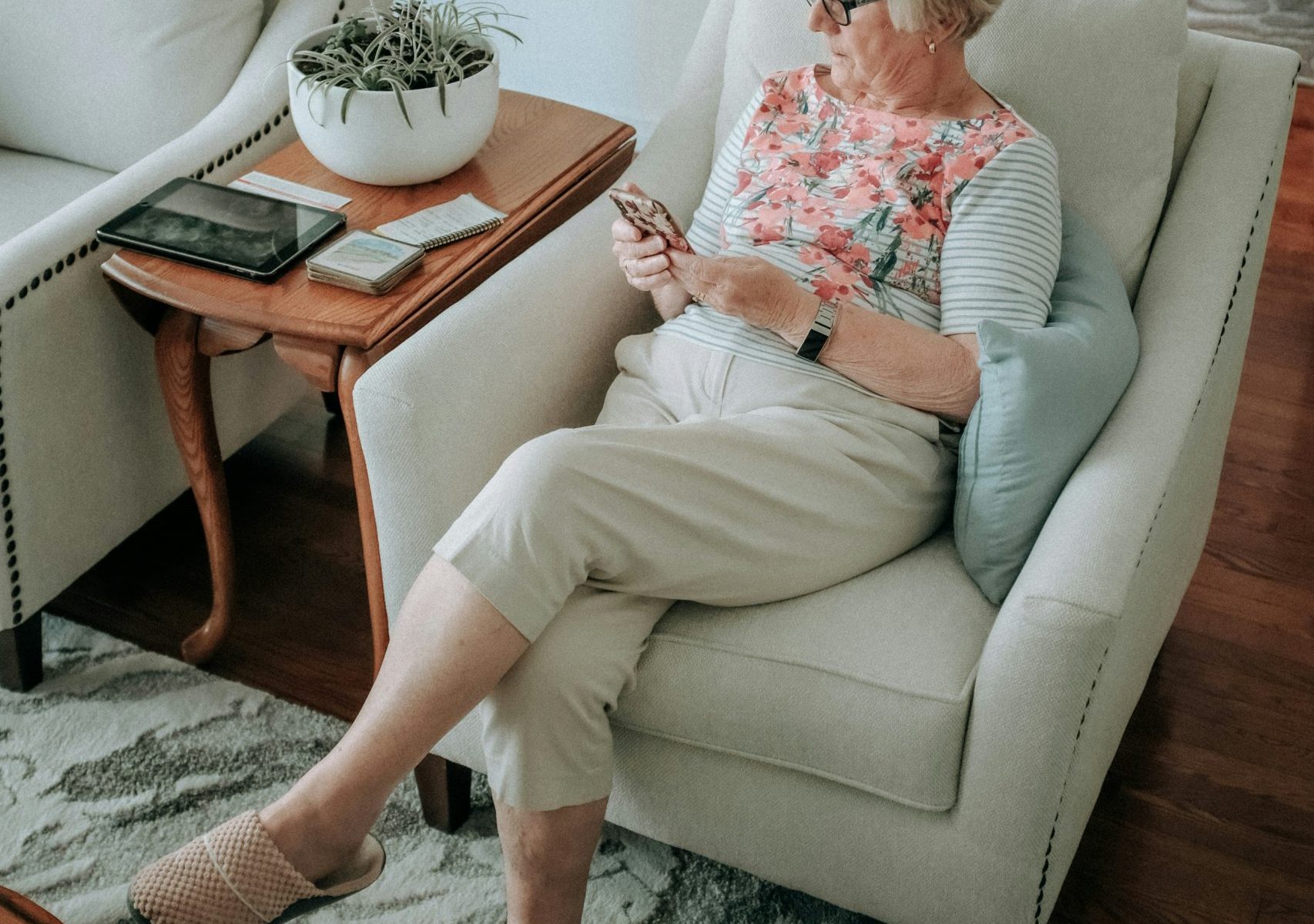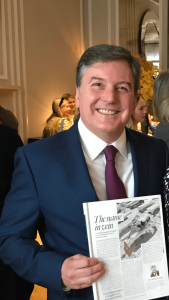What are the risks, signs and symptoms of venous leg ulcers? Mr Michael gaunt offers his top tips on how to combat infection and the treatments available.
Venous ulcers are painful open sores that appear around the lower leg and ankles. Many sufferers do not realise that they can be caused by varicose veins and poor circulation. Damaged vein valves cause sustained venous hypertension when blood pressure inside your legs isn’t regulated, toxins build up and poison the skin.
“Swelling and ulceration can be caused by venous abnormalities in the leg veins such as leaky valves” – Michael Gaunt
High venous blood pressure causes inflammation and swelling. Persistent inflammation due to varicose veins weakens the skin making it vulnerable to injury. Venous ulcers appear as skin breaks open as a sore. Venous eczema often precedes ulceration and is another complication of varicose veins where the lower leg skin becomes inflamed, itchy, flaky and discoloured in the affected area.
Venous leg ulcer symptoms
- Painful, swollen skin on lower leg and ankles
- Discoloured or hardened skin in the affected area
- Open wound or sore that doesn’t heal
- Heavy feeling in your legs
- Bumpy enlarged varicose veins on your legs and ankles
- Itchy, dry skin: varicose eczema
What causes venous leg ulcers?
- Varicose Veins: Raised veins, bulging or twisted in appearance.
- Chronic venous insufficiency: Poor circulation allowing blood to collect in lower legs causing swelling and discomfort.
- High venous blood pressure in your legs: Skin becomes fragile and thin, breaking open to form a sore.
- Poor venous circulation: When damaged vein valves struggle to pump the blood back to your heart.
- Inactivity: Lack of movement promotes poor circulation and blood flow.
Risk factors
Certain factors increase your chances of developing venous leg ulcers, including surgery, and following a fracture or break to the leg.
- Varicose veins: Leaky malfunctioning vein valves.
- Post-surgery: Replacement knee, leg or hip surgery.
- Post trauma: Following a break or fracture to leg, ankle, knee or hip.
- DVT: Previous history of deep vein thrombosis.
- Poor mobility: Inactivity impacts your blood circulation.
- Overweight: being overweight increases leg blood pressure.
How long does a leg venous ulcer take to heal?
A leg venous ulcer typically takes months, sometimes years, to heal and is open to infection. A small number may never heal completely and unless the underlying venous problems are addressed you may become susceptible to repeated leg sores and ulcers.
What is the best treatment for venous leg ulcers?
The main treatments for chronic leg ulcers are compression bandages or stockings to improve circulation and Keyhole endovenous ablation treatment to treat any leaky varicose veins. read more>
“I perform a thorough vascular assessment utilising Duplex ultrasound scan and other specialised tests to diagnose the condition and apply the correct treatment”
Leg ulcers resistant to standard compression treatment require more specialised therapy with Manual Lymphatic Drainage (MLD). read more>
Michael Gaunt works in conjunction with specialist therapists to provide effective relief and treatment of lymphoedema co-ordinating MLD massage and specialised medications.
How do I manage a sore leg ulcer?
Regular care will help prevent infection and promote healing. An open sore must be kept clean. It’s important you contact your GP for regular specialist treatment and you may need prescribed antibiotics to prevent or treat an infection.
- Keep the wound clean.
- Regularly apply a clean dressing to the ulcer.
- Wear compression stockings or bandages to improve circulation.
- Remain as active as possible to encourage good blood flow.
Complications associated with leg ulcers
Chronic leg ulcers can result in additional health risks including localised infection and damaged lymph vessels causing a build-up of fluid and swelling.
- Leg ulcer infection
- Leg lymphoedema
Signs and symptoms of venous leg ulcer infection
Infected leg ulcers are a serious health concern. You will need immediate treatment to fight the infection.
- Red, hard swelling around the ulcer.
- Weeping sore.
- Hot skin in affected area.
- Painful inflammation.
- Generalised flu-like symptoms.
Signs and symptoms of lymphoedema
Lymphoedema develops when damaged lymph vessels cause a build up of fluid. Manual Lymphatic Drainage (MLD) can help promote circulation and clear toxins. Early MLD treatment can help prevent it getting worse.
- Generalised swelling of toes, foot and leg.
- Pitting oedema: swelling becomes indented with your finger.
- A feeling of heaviness in the affected limb.
- Tight swollen skin.
- Aching or tingling feeling.
I want to treat my varicose veins before I develop a leg ulcer
If you have varicose veins and are concerned about your skin and developing leg ulcers, contact consultant vascular surgeon Mr Michael Gaunt for professional advice and a thorough vascular assessment.
A consultation with Mr Michael Gaunt
Mr Michael Gaunt will review your medical history, and any underlying medical conditions before assessing your varicose veins using a Duplex ultrasound scan. He will talk you through the assessment, highlighting any issues and recommending a personal treatment plan; explaining any procedures needed.
Book a consultation at a clinic near you
Book a consultation with leading vascular surgeon Mr Michael Gaunt for expert advice and treatment contact us>
- Harley Street, London
- Cambridge
- Bury St Edmunds
- 01223 305858
Follow us on Facebook>











